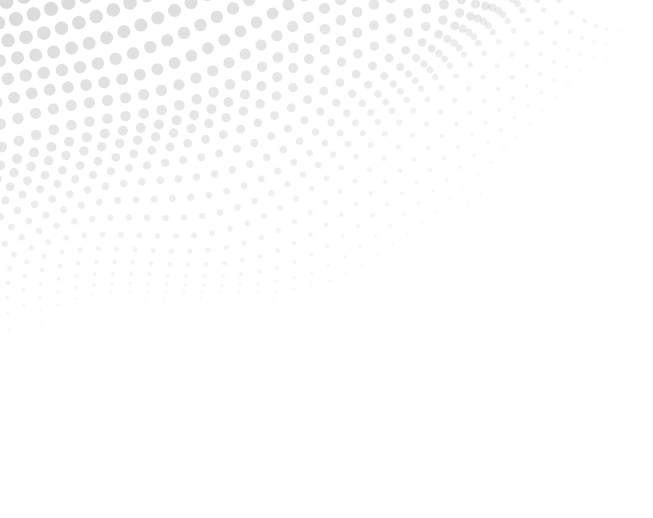Copyright Policy
- Home
- Copyright Policy

Museums, galleries and other cultural heritage organisations collect, preserve, care for, study and exhibit cultural and scientific objects and specimens for the benefit of society and add depth to the cultural experiences of the public. Their collections are eclectic, numerous and fascinating and may contain a variety of items – including various objects, artworks, letters and photographs – published and unpublished, images and sound recordings. Some cultural heritage organisations are also experimenting with creating and collecting augmented reality, virtual reality, web art and computer generated art works, as well as collecting tweets and other social media outputs. Other cultural heritage organisations, such as the British Library, also regularly archive their own and others’ web pages in order to preserve the digital content of today, which will form the history of tomorrow.
The relationship between museums and copyright can at times be complicated and requires high levels of knowledge and understanding. This is because there are a number of reasons why those working in these organisations, such as staff, trustees, students, volunteers, interns and contractors interact with copyright. For a start, it is likely that many objects in museum collections, objects on loan, as well as other content that may be reproduced as part of their core activities will still be in copyright. Even museums who have legal title to collection items cannot freely reproduce these items unless they have authorisation from the rights holders. Secondly, the ownership of the copyright in content created by non-staff, such as volunteers, students, those commissioned, contractors and interns will belong to these individuals. Subsequently, museums and other cultural heritage organisations need to understand what rights arise and how to manage them. Finally, understanding copyright, and other types of Intellectual Property rights, such as trade marks, provide the means for cultural heritage organisations to protect and potentially generate income from items in their collections, including activities such as image licensing, brand licensing and product development.
Museums reproduce their collections in a multitude of ways. This can include the reproduction of items within exhibition spaces, online, on billboard posters to promote their latest exhibition, the creation of a set of postcards to sell in their shop, the use of a reproduction as a background to their visitor floor plan. The majority of these activities will require consideration of the copyright in the items and securing the relevant permissions. The cross-departmental use of copyright works across a museum will require all staff to have a basic understanding and awareness of rights management.
Spectrum notes that it is good practice that, where possible, rights are negotiated at the point of acquisition of an item into a museum collection (if the person from whom the work is acquired is the rights holder). As many objects in copyright are permanently acquired by museums, this is both a sensible way to optimise the good will of the copyright owner, as well as use precious museum resources to broker the best deal for the museum. The aim of these early discussions about copyright would ideally result in an assignment of copyright or basic permissions, such as inclusion in published online catalogues, non-commercial promotional material (online & offline), and use for press, marketing, social media use and digital engagement. Museums are strongly advised to negotiate such agreements in writing, and to store negotiated agreements in accordance with record and electronic record management policies. Benefits of taking an early stance in copyright discussions include the exploration of any possible leads regarding copyright ownership in instances where the person from whom the work is being acquired is not the rights holder, as well as avoiding adding to the already increasing mountain of works which require permissions to be sought retrospectively.
Using additional content to substantiate public engagement with collection items and/or loan works is commonplace amongst museums. Content is often sourced from commercial picture libraries such as Getty, the Bridgeman Art Library, online sites and/or other museums.
Commissions can take many forms. A museum may commission photography of a new exhibition or a new logo design; an art gallery may commission a new artwork or new digital interpretive content; or a library may commission a film made about its newly acquired manuscript. However, if the creator of the commission is not a member of staff, the commissioned party will automatically own the copyright in the resulting work. This means that a museum will need to decide whether it wants to own the copyright itself in the commission, or whether a license will be satisfactory. This is not as straightforward as it may seem. Art commissions, for example, may be for the duration of an exhibition or to enable a new work to be added to the collection. Deciding what rights are appropriate to ask for from the commissioned party, will be dependent on whether they are renowned in their field, their creative input into the work and whether the museum will decide to add the resulting work to its permanent collection. Museums should reflect whether they need to ask for a ‘waiver of moral rights‘ which they might do ordinarily with freelancers, as this removes the relationship of the artist from the artwork that they have made. In these circumstances, requesting consent to change or alter an image of the work can often be more appropriate and cause the artist less alarm.
Museums rely on volunteers and their help. However, the copyright in any content that volunteers create on behalf of the museum will not belong to the museum, which will restrict enormously a museum’s ability to reuse such content. Ideally museums who work with volunteers should seek a transfer copyright to the museum via a deed of copyright assignment, which is an appropriate device to prevent a possible employee/employer relationship. Like any assignment of copyright, this will not be possible unless the museum is a legally incorporated body, such as a charitable trust. Museums which are unincorporated and run by volunteer and/or trustees, will need to discuss a mechanism whereby they grant each other permissions to reproduce any content that is created, or consider perhaps appointing a third party who can hold any copyright for them on their behalf.






